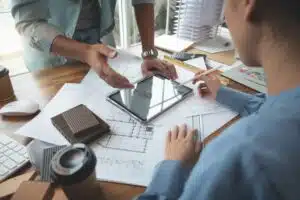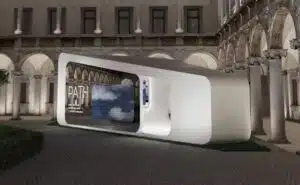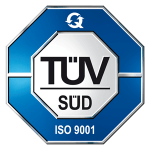Immersive technologies such as augmented reality e virtual realityand certainly cannot be considered a novelty in recent years: the invention of the Sensorama by Morton Heiliga machine for the cinema capable of transmitting 3D stereo images and to generate in parallel a series of sensory stimuli, such as air movements, vibrations and smells.
Subsequently, these devices evolved until the boom of the 2000s, when tech giants came into play: Google, Facebook to Amazon, who with 'space' investments have given a decisive boost to the improvement and dissemination of these technologies.
But in even more recent times a further boost has certainly come from the Covid 19 epidemic: forced distancing and thehe spread of smart working have forced companies to speed up their digitisation: many of them, for example, have resorted to training and education via AR and VR devices, exploiting immersive technologies to overcome the problems of not being able to carry out exercises in person and at the same time taking advantage of working conditions that are almost identical to those in real life without any safety risks and with considerable cost savings.
Talking to us about it is an expert on the subject and lecturer of the Italian Design Institute at Postgraduate Course in Augmented & Virtual Reality - Interior Design, Veronica Vecci, co-founder of AmbiensVR, a platform that brings Virtual Reality to the world of Architecture and Design, named one of the 10 Female Founders to watch in Italy in 2018 and a trainer in VR and 3D modelling.
"Covid-19 has given a decisive boost to the whole virtual world, not only within companies, but also in the retail world: according to IBM's U.S. Retail Index report 2020, the pandemic has accelerated the transition to digital shopping by about five years. One example: the impossibility of going to physical stores in person and the ban on testing sample cosmetics usually found in perfume shops has prompted even large cosmetics companies, in the past hardly associated with talk of technological development, to promote augmented reality apps capable of simulating the application of their products. The result? Engagement increased 7-fold and 50 million shades of foundation sampled'.
"A similar process can also be detected in the fashion world: virtual tests and trials are in fact a perfect use case for measuring the effectiveness of AR in retail: they allow consumers to preview products 1:1 on themselves or in their homes and then immediately buy the physical product
correspondent'..
"It is no coincidence that the first movers in retail were the protagonists in the world of interior design: architects, designers and planners in general realised well before the pandemic what the potential of these new technologies was. The possibility of previewing one's design and discussing it with the customer offers an undisputed advantage over static renderings. IKEA was among the first to realise this, introducing its own branded virtual furniture app. While this has so far been partly slowed down by the prohibitive costs and lack of popularity of hardware devices, what was once just a plus is about to become an essential component for companies and retailers in many sectors.





